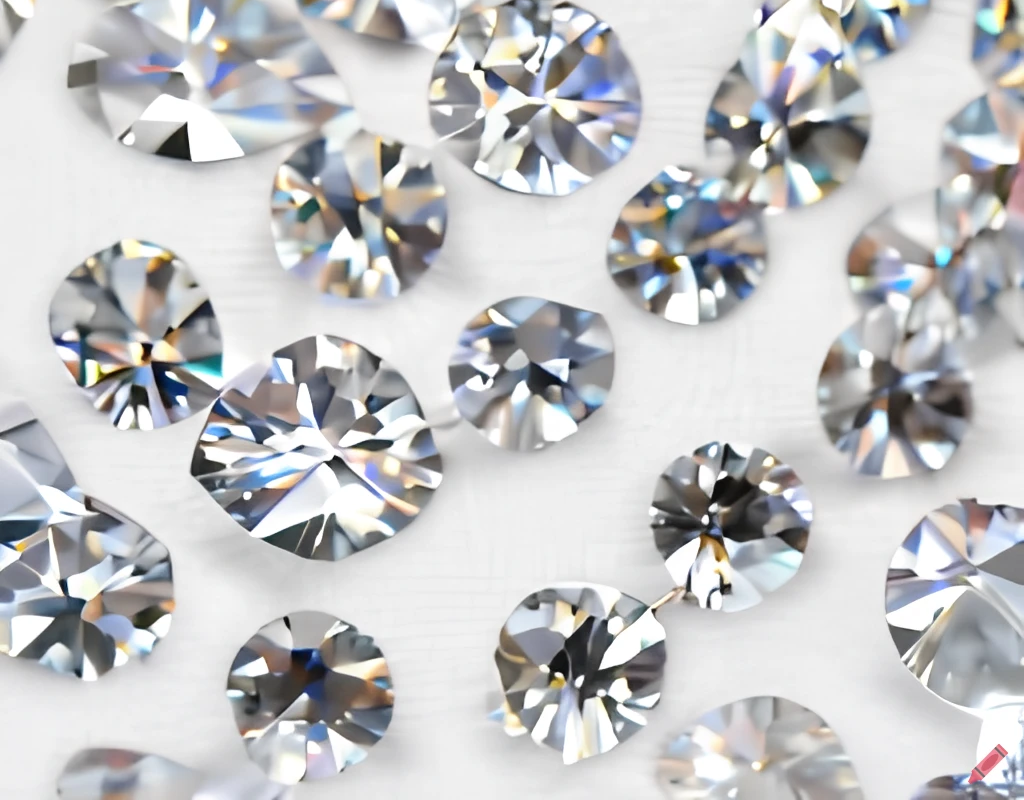Get cash for your Diamonds

Sell Your Diamonds Locally with Confidence
Looking to sell a diamond ring, loose diamond, diamond jewelry or family heirloom? At New England Diamond & Jewelry Buyers, we offer top-dollar payouts for certified and non-certified diamonds — with immediate cash offers and no pressure to sell.
Whether you’re selling an engagement ring, trading in for an upgrade, or simply exploring your options, our diamond specialists are here to guide you every step of the way.
Below, learn more about the diamonds we buy, how we determine value, and answers to common questions from our customers.
Contact Us:
📞 Call: 617-243-0099
📍 Visit: 660 Washington Street, Newton MA
📍 Visit: 510 Hartford Ave West Uxbridge MA
(Walk-ins are always welcome)
📝 Message: Request a call back
Fast, Fair & Transparent
Our expert evaluations take about 10–15 minutes, during which we explain every step — from the 4Cs to market value. You’ll leave with clarity and cash if you choose to sell.
✅ Instant Offers – Paid on the spot
✅ No Appointments Needed – Just walk in
✅ Licensed, BBB A+ Diamond Buyers
✅ Over 40 years of Trusted service in New England
📞 Have questions? Call us now or visit us in-store for a free quote today.
What Diamonds Do We Buy?
We purchase diamonds in all shapes and sizes, including:
- Loose diamonds (certified or not)
- Diamond engagement rings and wedding bands
- Diamond earrings, pendants, tennis bracelets
- Vintage and antique diamond jewelry
- Diamonds set in gold or platinum
- Estate and designer diamond pieces
Pro Tip: If your diamond is certified by GIA, AGS, IGI, or another qualified grading lab, please bring the certificate with you. It helps us quickly confirm key details and may improve your offer.
How Do We Determine Diamond Value?
We evaluate diamonds based on:
- Carat – The weight of the diamond
- Color – Rated from D (colorless) to Z (light color)
- Clarity – The presence of internal or external imperfections
- Cut – Quality of proportions, symmetry, and polish (not shape)
We also factor in:
- Shape – Round, princess, cushion, emerald, oval, etc.
- Fluorescence – Strength and effect on appearance
- Certification – Independent grading adds confidence
- Market Demand – Prices vary by size and style
Learn more about diamond and gemstone grading.
FAQs: What People Ask Before Selling Diamonds
Can I sell a diamond ring without removing the stone?
Absolutely. We evaluate and price the diamond within the setting.
Do you buy lab-grown diamonds?
We specialize in natural diamonds, but we’ll evaluate lab-grown stones case by case.
Do I need original paperwork?
Not required — but if you have a GIA, AGS, or IGI certificate, bring it with you.
What if my diamond is chipped or damaged?
We can still evaluate it and may make an offer depending on severity and size.
Do I need an ID to sell?
Yes, a valid photo ID is required per Massachusetts law.
Request a call back
Fill out the form below, call us or walk in today for your free appraisal. You could leave with cash in hand in under 30 minutes.
